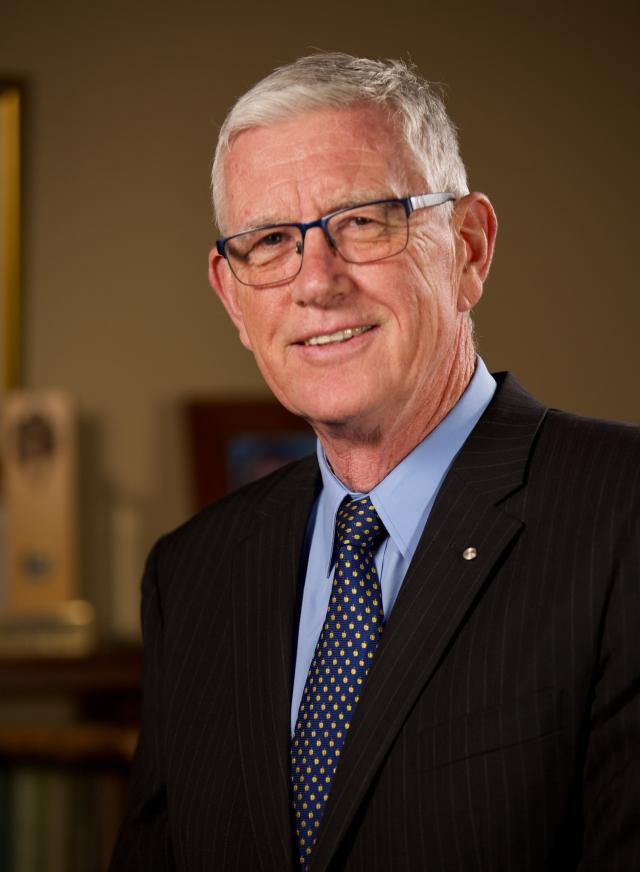Two years after the completion of the Royal Commission into Aged Care Quality and Safety, there are great expectations the quality of aged care will be improved. While much has been done, including better pay, better nursing care, new quality standards and star ratings, one of the key difficulties in this long-term reform process is funding.
Quality of care can’t be improved without adequate funding, and transparency about how that funding is spent.
With a new aged care act in development, it’s critical the government gets funding right, otherwise we’ll not get the quality services older people deserve.
To address this issue, Minister for Aged care Anika Wells announced an Aged Care Taskforce in mid-June. We were pleased its members include former National Seniors Australia CEO, Professor John McCallum.
The taskforce’s primary aim is to review funding arrangements to ensure they are fair and equitable and create a safe and high-quality system.
The taskforce of 14 is made up of providers, consumers, and policy experts. All were appointed by the chair, Minister Wells who said nothing has been ruled in or ruled out.
Some members of the taskforce have already made public statements. Tom Symondson CEO of ACCPA (Aged and Community Care Providers Association) spoke shortly after he was appointed saying “we don’t fund aged care well enough.”
He said we spend around 1.2% of GDP on aged care “which is half compared to other developed nations”. But what he said next was revealing.
“At the moment we have very restrictive caps on what people can be asked to pay. You can have a $20m mansion and in a means test it will be considered at $186,000. That’s a crazy situation.”
But, we should remember both Aged Care Royal Commissioners suggested a levy was the answer.
A 1% Medicare style flat rate levy on a person’s income (from July 2023) was recommended by Aged Care Royal Commissioner (and former chief executive of Medicare), Lynelle Briggs. Co-commissioner Tony Pagone (retired Federal Court judge) also called for a levy, but he didn’t suggest a rate. Both options were ruled out by the Coalition government.
A levy is supported by the Health Services Union. The head of the NSW branch wants a royal commission into health funding and a specific aged care levy of 0.65% to be part of Labor’s policy platform.
Opposition leader Peter Dutton responded to Labor’s budget last year saying aged care needed “additional” funding but warned “aged care funding is not a magic pudding”. He added “A respectful, dignified, world-class aged care system is only funded by residents or taxpayers.” He concluded by promising “to work with the government to ensure that our
aged care system remains sustainable.”
We will hold him to that and Mr Albanese’s vow to overhaul the system. Aged care must and should not be politicised. We can’t afford another 20 years of poor policy, especially as demographer Bernard Salt pointed out recently “there is an aged care freight train coming towards us.”
The terms of reference say the taskforce must ensure the system is “fair and equitable” and this likely includes consumer contributions. In her speech to the Press Club the minister said the taskforce would provide a draft report by October with a final report in December.
It’s likely the funding options put forward at the end of the year will be announced in the 2024 May budget.
When we survey our members, they overwhelmingly favour the levy approach. In a separate study Flinders University’s Caring Futures Institute surveyed more than 10,000 people not currently using aged care services and found, “Over 70% of people would be willing to pay a larger co-contribution to receive the support they need to remain living at home rather than entering a residential aged care facility.”
The Flinders University research also discovered the majority of current income taxpayers would be willing to pay “an additional 1.4% income tax per year to ensure satisfactory quality aged care is delivered.”
To bring about any reform government must have wide public consultation and any changes to user pay introduced incrementally. Care recipients should contribute to aged care costs only if they have capacity to pay. A safety net must be there for those who can’t afford to pay, and providers must demonstrate full financial transparency.
We’re constantly told “we want to know the extra money goes into care, not into the profits of a provider.”
Any levy, increase in taxes and user charges must be directly matched by high quality care. The answer may be a combination of ways to achieve the funding required.
Australians expect it and those receiving care deserve it.







